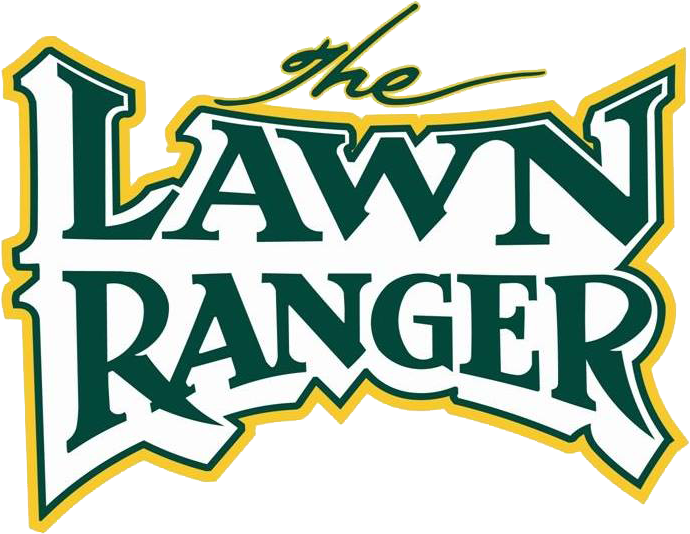Rust disease occurs only in late summer and early fall, and does not occur during other times of the year. Rust disease is most common on Kentucky bluegrass and on perennial ryegrass. It gets its name from the reddish, yellowish, or orange spores it produces on grass blades. Rust disease grows favorably in warm and humid conditions, and develops most frequently on grasses subject to drought conditions, low nitrogen fertility, and shade. Low mowing heights, particularly on Kentucky bluegrass, also increase the susceptibility of grasses to rust.
If only a small amount of Rust infection has occurred, the Rust spores will only be seen by close observation of the tiny, powdery pustules on the leaf blades. Actually, since spore production does not occur until one to two weeks after infection, Rust infected turfgrass leaf blades are fortunately mowed away, before Rust spores can be produced.
Turfgrass may not look particularly diseased by Rust until after the infection is well-developed. In severe cases, there may be enough spores present to leave an orange dust on your mower, your pants, or your shoes.
Fortunately, Rust disease does not kill turfgrasses, but it may weaken them to the point that they become more susceptible to stress-related problems.
The most important way to avoid Rust infection on lawns is to keep the turfgrass growing vigorously, so that it will be mowed before spores can be produced. However, mowing heights must be adjusted according to grass needs. Fertilization, aeration, and supplying an adequate water supply are factors which will optimize turfgrass growth. Fungicides are not recommended for Rust diseases on lawns, except in very extreme cases.

